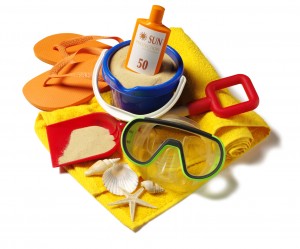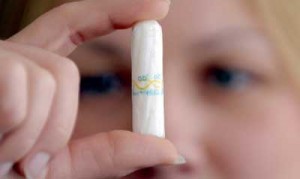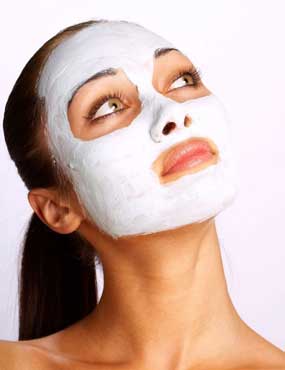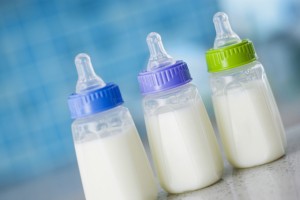Back-to-School Green Guide: College Edition
Getting ready for the big freshman year move-in day was a long, long process. I can recall multiple trips to Bed, Bath & Beyond with my mother. Linens & Things, Target, Marshalls… we must have visited every home department store in every strip mall in New Jersey—twice.
Looking back, that process seems totally crazy—all the waste involved, the extra boxes, the stress, the last minute buys, the MONEY… New students are excited, parents don’t want to forget anything—it can be easy to lose sight of the simple, easy, and green tricks that cut down on stress, cost, and waste, and are less taxing on the environment. 
Here are some of our favorite tips for greening your college dormitory:
- Reuse: Don’t mind your old bedding? Bring it with you! Stores advertise specific products like “desk lamps” and “bed lamps,” but if you’ve got any sort of lamp that works at home, it’ll work at school, too!
- Get crafty: If you hate those old sheets, but need some curtains—try recycling the fabric! Hate the color of your old desk? Get together with some friends and paint it a color you do like.
- Shop locally: If you do need to buy some things for your dorm, buy them locally! Don’t ship anything when you can purchase those same items from a store in your college area.
- Organic alternatives: Absolutely just hate your comforter and refuse to take it to school? Check out Moss Envy or a local eco-home store for organic fabrics.
- Energy efficient lighting: use compact fluorescent light bulbs instead of incandescent—it saves energy, will last you much longer, and is more cost effective!
- Energy efficient appliances: microwaves, mini-refrigerators…you’re going to need some snacks for your late-night studying, make sure your appliances are as efficient as possible. Check out Energystar—you can find their products at most appliance store locations.
- Use a power strip: Power strips can be plugged into one outlet and then with one click of the button all electronics can be turned off when you leave!
- Recycling: Bring a bin or box to keep recycling in—you can keep it under your desk or by the door, so that when it comes time to clean your room your waste will already be sorted!
Good luck, and have fun designing your new college living space! And always remember to unplug what you’re not using and turn out your lights when you leave…!


![MP900337413[1]](https://www.good-chemistry.org/wp-content/uploads/2011/08/MP9003374131-214x300.jpg)
 Last week’s sweltering temperatures and the fresh burn on my pale skin painfully remind me it’s time to find some sunscreen. I can only fool myself so many times into believing that if I just wait the extra hour to slather on the SPF-60, I’ll manage a sun-kissed glow…this year I’m determined to avoid lobster-toned August—and to fully shield my skin from skin cancer.
Last week’s sweltering temperatures and the fresh burn on my pale skin painfully remind me it’s time to find some sunscreen. I can only fool myself so many times into believing that if I just wait the extra hour to slather on the SPF-60, I’ll manage a sun-kissed glow…this year I’m determined to avoid lobster-toned August—and to fully shield my skin from skin cancer. 

 I am currently in a class at UVM entitled Women’s Health and the Environment. One of the most recent topic we've explored is the crazy and dangerous world of cosmetics.
I am currently in a class at UVM entitled Women’s Health and the Environment. One of the most recent topic we've explored is the crazy and dangerous world of cosmetics.
